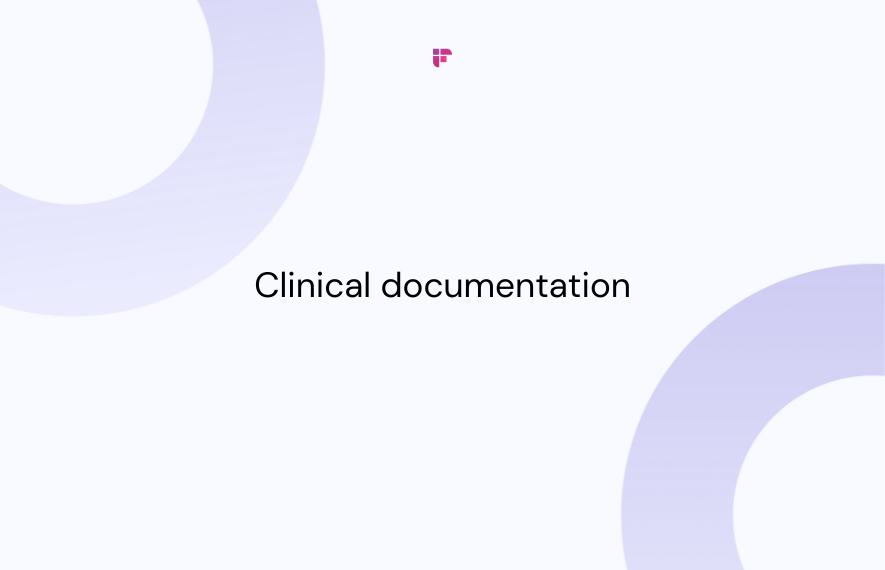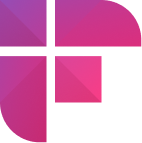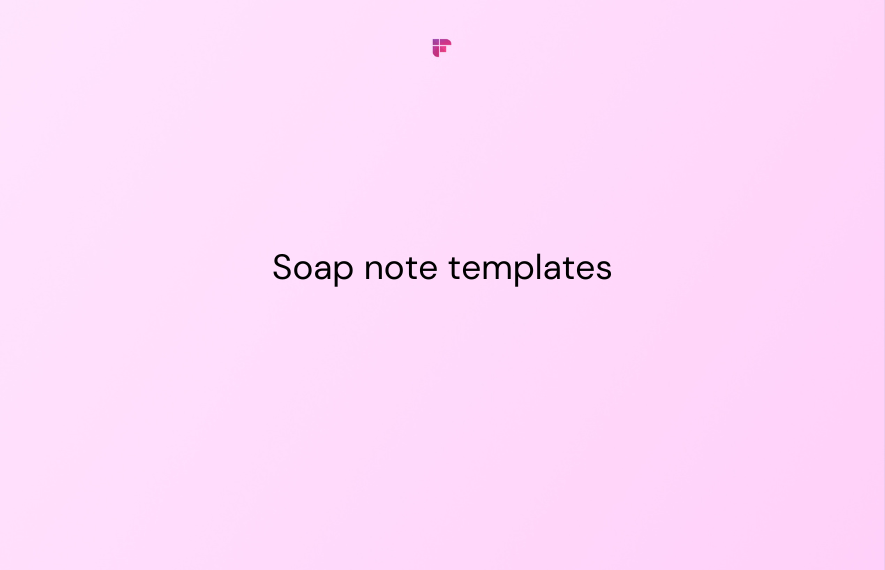Clinical documentation is the backbone of modern medicine. It helps keep all your health info in one place, making it easily accessible for authorized personnel.
So, when your doctor needs to know about that weird cough last year or that sprained ankle ages ago, they can just click and get the scoop. No more shuffling through files—it's quick, easy, and helps in faster diagnosis and improved patient care.
In this blog, we’ll explore—
- What is clinical documentation,
- What is clinical documentation improvement,
- Top 5 strategies to improve clinical documentation, and more.
Read on!
What is clinical documentation?

Clinical documentation refers to the process of recording and maintaining a patient's medical information, including their diagnosis, treatment plan, and progress.
It serves as a comprehensive and detailed record of each patient's healthcare journey, providing vital information for future treatments and ensuring continuity of care.
Clinical documentation benefits individual patients and is a crucial tool for healthcare organizations in maintaining accountability, tracking outcomes, and establishing legal and financial records.
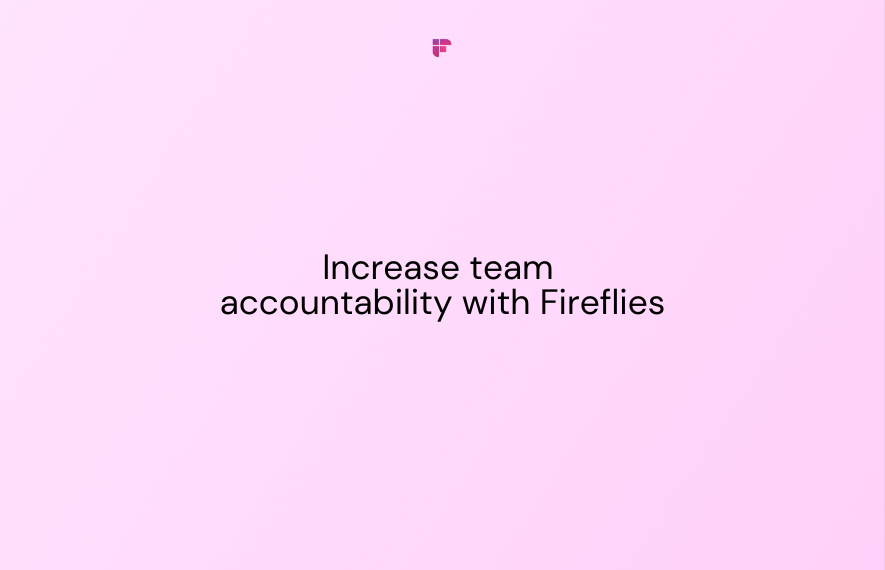
What is clinical documentation improvement?
Clinical Documentation Improvement (CDI) refers to assessing the completeness and precision of medical record documentation.
It is often done by a clinical documentation specialist with a dual background in clinical expertise and medical coding. They work towards bridging the gap between clinical documentation and precise coding within CDI programs.
While a patient's medical record may include reports from laboratory tests, diagnostic examinations, and details on consultations with specialists, in the context of CDI, "clinical documentation" primarily refers to the entries made by the provider or clinical staff responsible for direct patient care during face-to-face visits.
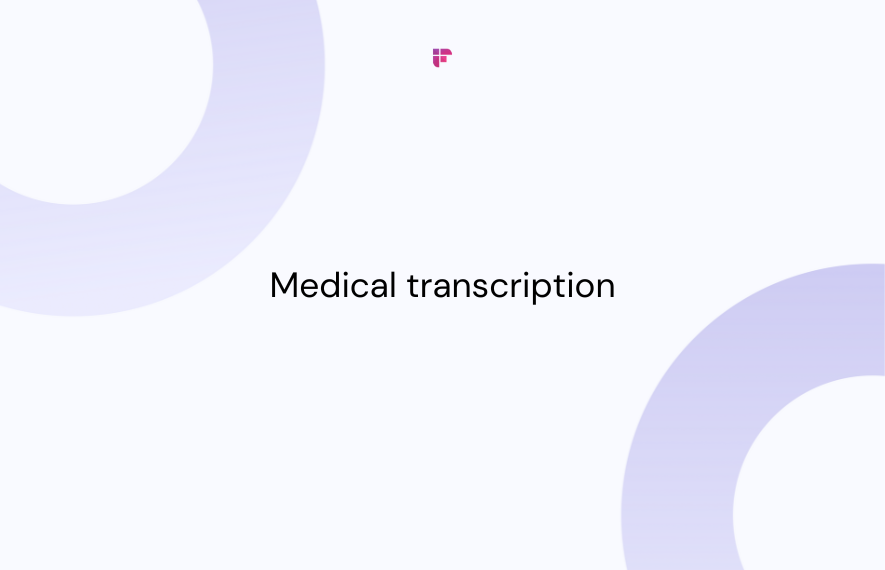
A brief history of clinical documentation improvement

CDI programs in healthcare became important around 2007 when the Centers for Medicare & Medicaid Services (CMS) introduced a new way of paying hospitals called Medicare Severity Diagnosis Related Groups (MS-DRGs) into their Inpatient Prospective Payment System (IPPS) system.
This new payment system reimburses hospitals based on the patient's diagnosis rather than per service provided. Under this system, accurate diagnosis coding is critical for hospitals to receive the appropriate reimbursement for caring for patients.
To do this, hospitals set up CDI programs where a team of nurses reviews patient records as they are being created. They talk to the doctors to improve documentation with accurate medical codes and clear up any confusion or missing information before sending the bill. This makes billing more accurate and reduces the risk of mistakes.
Originally, CDI programs were mainly for in-patients, but now they're also used for people getting care as an out-patient, not admitted overnight.
Even though in-patient and out-patient CDI programs are a bit different, their goal is the same: to make sure medical records and billing are as accurate as possible.
Importance of clinical documentation
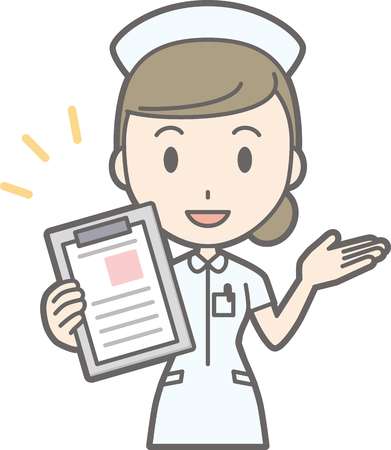
Clinical documentation is like a detailed diary for patients in the healthcare system, and it plays a crucial role in several ways:
- Improves patient care
- Enhances communication
- Ensures legal and regulatory compliance
- Aids healthcare quality improvement initiatives
- Eases billing and reimbursement processes
- Supports research and learning
Improves patient care
Clinical documentation helps doctors understand a patient's health history, making it easier to diagnose and decide the best treatment.
Enhances communication
Clinical documentation acts as a common language, facilitating seamless communication among healthcare professionals across different units and specialties.
This ensures that all care team members are well-informed about the patient's status, treatment plans, and any relevant considerations.

Ensures legal and regulatory Compliance
Accurate clinical documentation works as compelling evidence of compliance with established standards, protocols, and ethical guidelines.
Offering a clear and transparent account of provided care safeguards healthcare organizations and practitioners, particularly in navigating legal challenges or audits.
Aids healthcare quality improvement initiatives
Healthcare organizations can easily identify areas for improvement, implement evidence-based practices, and enhance overall service by analyzing documented information.
Eases billing and reimbursement processes
Clinical documentation helps streamline billing and reimbursement processes by providing accurate and comprehensive records.
It helps healthcare organizations get paid correctly on time for their services.
Supports research and learning
Medical research and education benefit highly from the rich data of clinical documentation. Researchers can draw insights from aggregated patient records to advance medical knowledge, develop new treatments, and enhance healthcare practices.
Moreover, documented cases serve as valuable educational materials for training healthcare professionals and students.
Features of effective clinical documentation
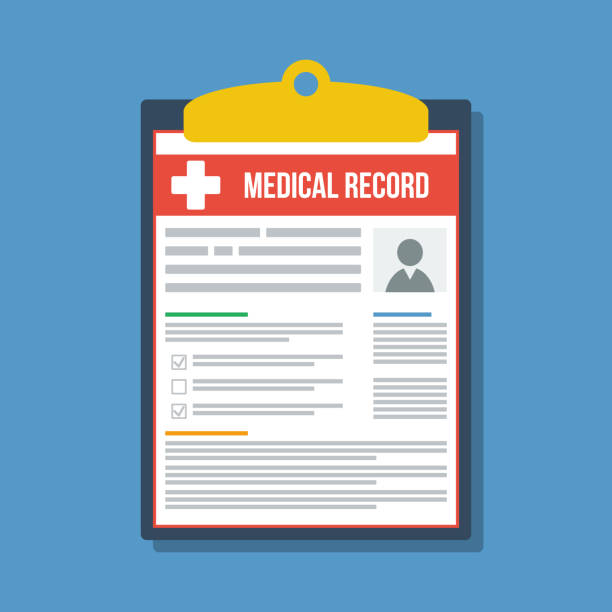
A quality clinical documentation process follows these 5 key attributes:
- Clarity
- Precision
- Consistency
- Timeliness
Clarity
A top-notch clinical document is clear and concise, leaving no room for ambiguity in the interpretation of patient information.
Precision
The quality of patient care is intricately linked to precise documentation, requiring exact descriptions of the patient's conditions.
Thus, ensuring the documentation is succinct and to the point is important.
Consistency
During clinical documentation, it's important to record every interaction with the patient consistently. This helps ensure seamless continuity in treatment.
Timeliness
Time is critical in healthcare processes, especially in clinical documentation.
Timely records support the continuity of care for all providers involved in the treatment process, providing quality assurance for comprehensive care.
Five strategies for improving clinical documentation

Here are the top 5 strategies to improve your clinical documentation:
- Use structured templates and forms
- Minimize shorthands
- Embrace communication
- Ensure consistent learning and education
- Leverage technology
1. Use structured templates and forms
For easier and quicker documentation, follow a well-structured template or form.
These templates can include prompts and checkboxes to ensure comprehensive and standardized documentation, reducing the risk of missing critical details.

2. Minimize shorthands
Shorthands might seem an easy way to document details on the go.
However, certain shorthands you use may not be universally identifiable or have different meanings. So, either clarify terms written in shorthand separately or avoid its usage altogether.
This way, you can easily maintain the precision and clarity of your clinical documentation.
3. Embrace communication
Clear communication helps minimize errors and inaccuracies in documentation. Develop a culture that emphasizes effective communication within your organization.
For instance, establish a system where a clinical documentation specialist can seek clarification directly from the providers for any missing or unclear information.

4. Ensure consistent learning and education
“A doctor is a student till his death, when fails to be a student, he dies”—Sir William Osler.
Provide comprehensive training programs to healthcare professionals on effective documentation practices. This includes communication skills, standardized terminologies, and understanding the importance of conveying information clearly and unambiguously.
Conduct regular interdisciplinary meetings where healthcare professionals can discuss patient cases, clarify doubts, and share insights.
These forums promote open communication and foster a collaborative approach to patient care and documentation.

5. Leverage technology

Clinical documentation is tedious and time-consuming when done manually—you need to type and make entries into the Electronic Health Record (EHR) systems. It becomes even more difficult when the influx of patients increases.
A National Library of Medicine report states that 35% of a physician’s time goes into documenting patient data rather than focusing on care.
This is where technologies like Fireflies.ai come in.
Fireflies is an AI notetaker tool that automatically records, transcribes, summarizes, and analyzes both online and in-person conversations with 90%+ accuracy.
Healthcare providers leverage Fireflies’ HIPAA-compliant version to securely record patient interactions and push them to their EHR systems with its robust API integration.
Fireflies has a strict Zero-day data retention policy and has signed BAAs with all its AI and LLM vendors. This means patients’ Electronic Protected Health Information (ePHI) is never stored in any servers or used for AI training.
For added security, Fireflies also offers Private Storage options, where you get dedicated and isolated data storage in the location of your choice.
Fireflies can create transcripts and notes in over 60+ languages, including Portuguese, Spanish, French, Arabic, German, Dutch, and Italian. You can also add custom vocabulary and terms to your Fireflies dictionary to improve accuracy and tailor the transcript to your unique practice.
By automatically capturing conversations and organizing them into default channels, Fireflies alleviates hours of documentation hassles and saves you time. You can also create custom channels to organize specific meetings or discussions, further streamlining your workflow.
Fireflies offers an intuitive mobile app, available on iOS and Android, that helps record and review offline conversations anywhere, anytime. This ensures you never miss important details, no matter how busy your schedule gets.

Wrap up
There you have it — a closer look at clinical documentation and why it matters. By keeping detailed patient records, providers can deliver better care while healthcare organizations run smoother.
Though quality recording takes diligence, simple steps like using templates, minimizing shorthand, and leveraging tech tools like Fireflies go a long way.
Accurate documents mean healthier patients, more effective care teams, and systems poised for growth.

